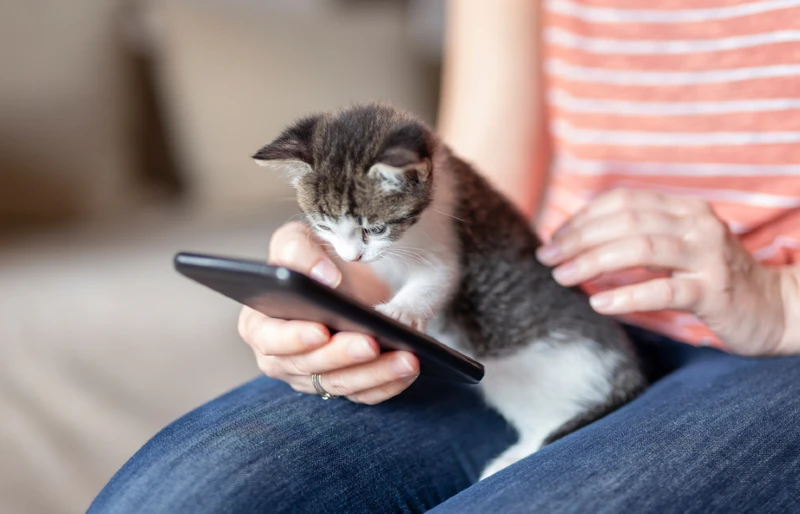What Is a Cat’s Paw Pad Made Of? Vet Approved Explanation & Facts
By Kit Copson
Updated on
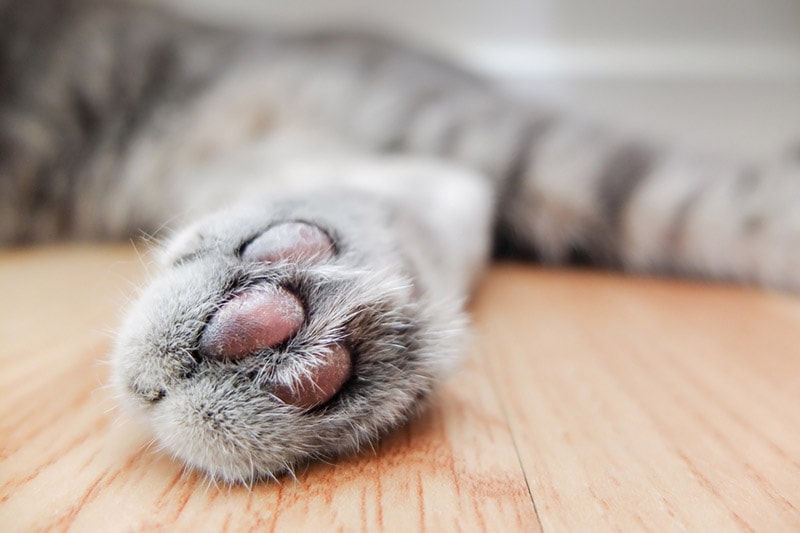
Those infamous and adorable “toe beans” certainly make us smile, but there’s much more to them than some may imagine. A cat’s paw pad is an important survival tool in the wild, helping them to feel vibrations signaling the movement of prey, hunt effectively, and groom themselves. It’s made up of fatty tissues, connective tissues, blood vessels, glands, and nerve endings, all covered with thick and protective skin.
Stay tuned as we introduce the different parts of cat paw pads, how they work, and why they’re such an important part of the cat’s anatomy.
Paw Pad Anatomy: The Basics
A cat’s paw is made up of various parts. At the top, of course, are the claws, which help cats climb, keep hold of the prey they’ve caught, and scratch. Just underneath the claws are a set of at least four digital pads, which run along the bottom of the paw. Beneath those is a metacarpal pad on the forelimb, and a metatarsal pad on the hind leg.
The metacarpal pad and metatarsal pads are there to take the weight of the cat. On the lower portion of the forelimb is a carpal pad, which provides grip, for example, if a cat needs to stop suddenly or navigate down something steep.
Finally, we have the dew claw on the forelimb, which acts as a sort of thumb and provides extra grip for activities like climbing and holding onto things. The dew claw does not touch the ground.
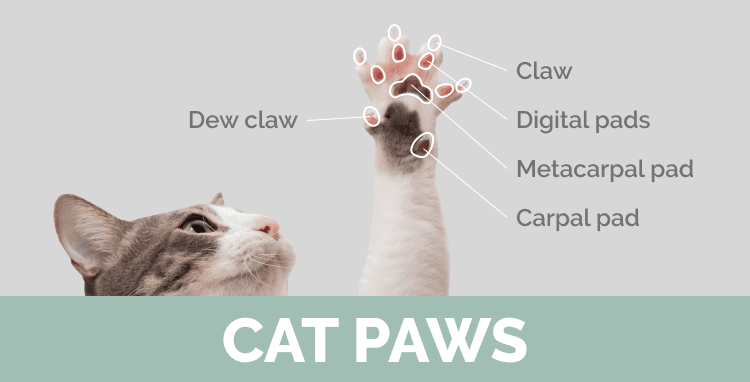
The paw pad is a small yet complex system of tissues, nerve endings, glands, and blood vessels that help cats balance, sense vibrations (either from prey or potential predators), pick up information about new objects and environments, and absorb shocks so the cat can hunt more stealthily and land more carefully. Paw pads are also where cats’ sweat glands are located. Unlike us humans who have sweat glands all over our bodies, cats can only sweat through their paw pads.
The pads are covered by thick hairless skin with papillae to provide extra traction. The stretchy collagen, connective tissue, and fatty tissue underneath the skin act as the primary shock absorbers.
The 5 Fun Facts About Cat Paws
If, like us, you find cat paws seriously interesting, here are some more fascinating facts about those amazing yet powerful little toe beans.
1. Cats Are Digitigrade
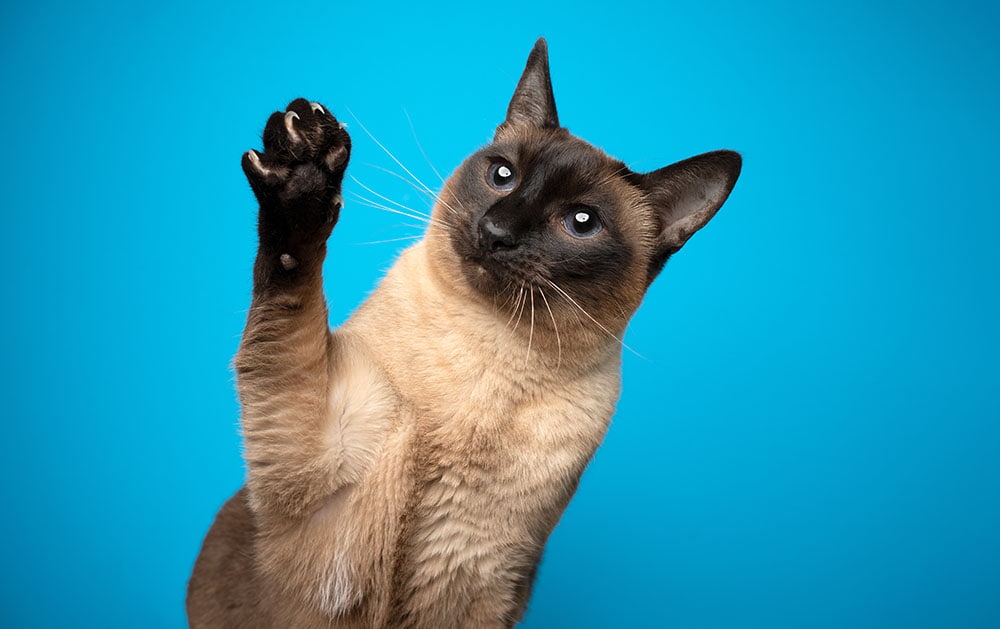
If you look closely, you’ll notice that your cat walks on their toes. This is because they’re digitigrades. On the other hand, humans are plantigrades, which means we walk on the soles of our feet.
2. Cat Paws Contain Scent Glands
In addition to sweat glands, cat paws contain scent glands that allow them to mark their territory. So, if you spot your cat scratching away at your couch or they enjoy “making biscuits” on your lap, they’re actually leaving their scent on their favorite places to mark them as their own.
3. Cats Have a Preferred Paw
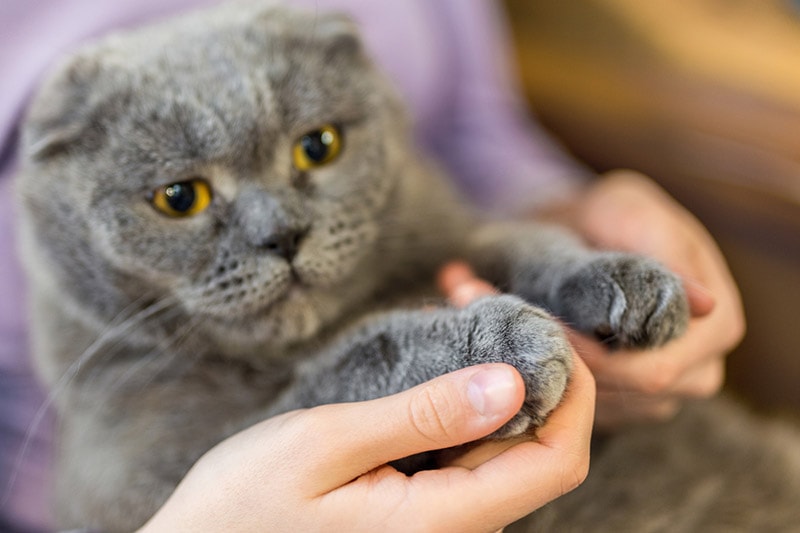
Researchers from Queen’s University Belfast have found that many cats have a particular preference for the paw they use when performing tasks like reaching for food or stepping over something. Even more interestingly, the study revealed that female cats tend to favor using the right paw, while males tend to prefer the left paw.
4. Cat Paws Scrub Away Dirt
It’s a well-known fact that those proud kitties spend a lot of time sprucing themselves up, but did you know that when a cat licks their paw and then starts self-grooming, the paw pads actually help to scrub away dirt and debris? This is useful if there isn’t another cat in the vicinity to do the job for them!
5. Paw Pad Colors Match the Fur Color
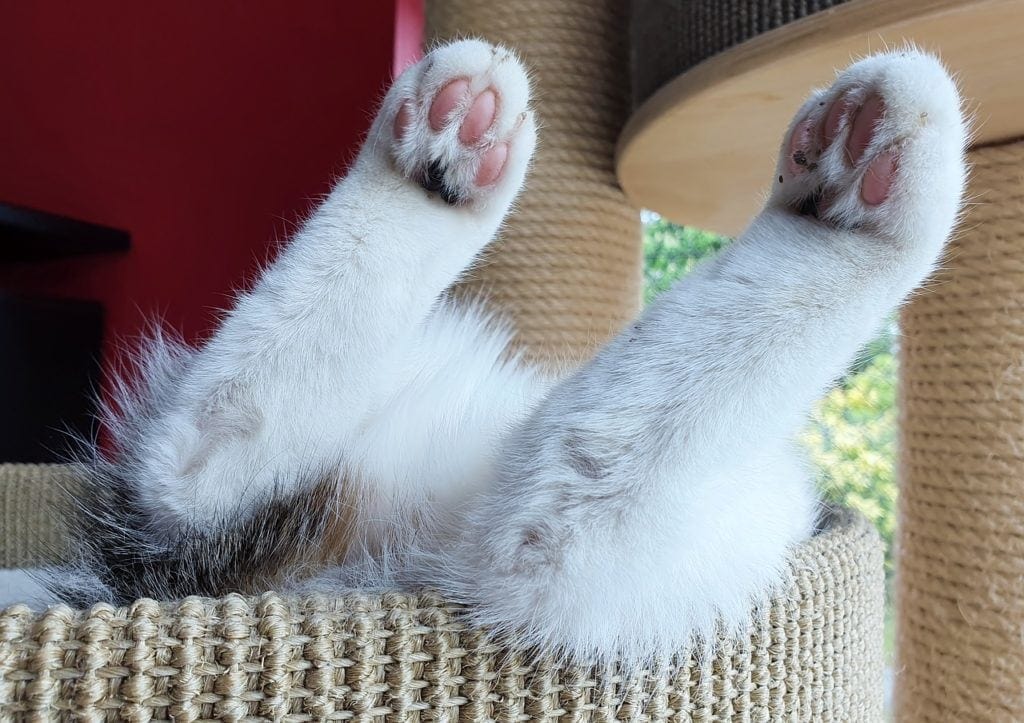
The color of a cat’s paw pads typically corresponds to whatever color the fur is. In some cases, it also matches the nose color. For example, a black cat would have black paw pads, a white or ginger cat would have pink or pinkish-orange paw pads, and a calico may display a variety of colors on their paw pads.
Final Thoughts
Though “toe beans” are something of an obsession for cat lovers everywhere (let’s face it, they are adorable), both their interior and exterior workings are both complex and fascinating. These tiny “beans” are powerful sensors, territory markers, cleaning tools, and traction providers that help a cat survive in the wild and navigate daily life as a domestic cat.
Related read:
Featured Image Credit: patthamapong, Shutterstock



